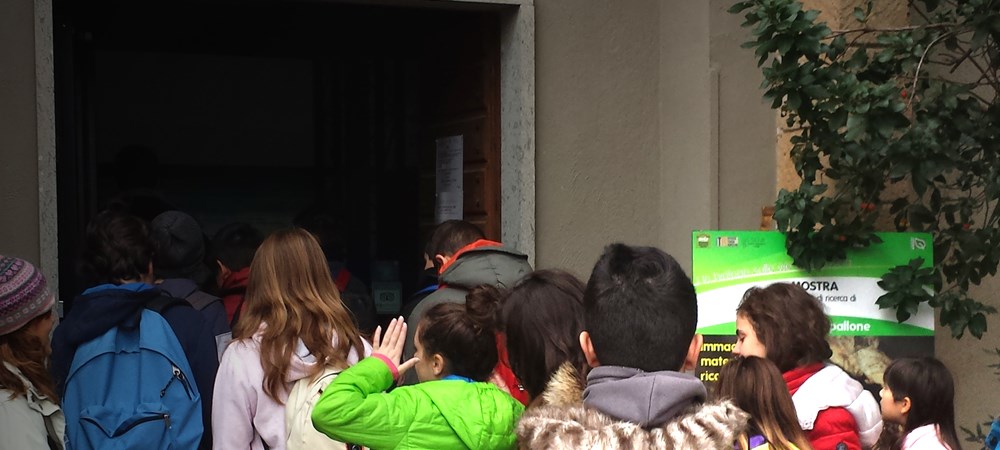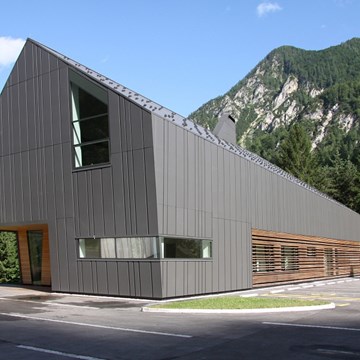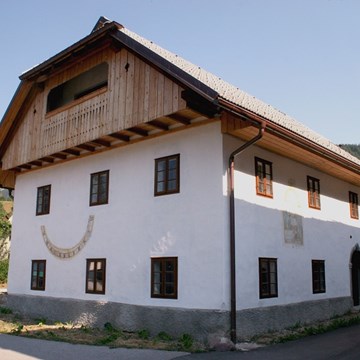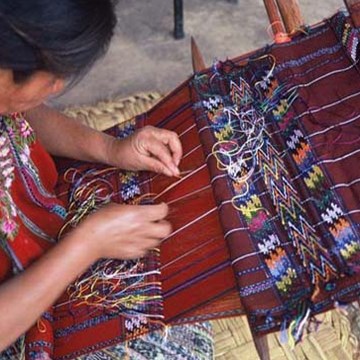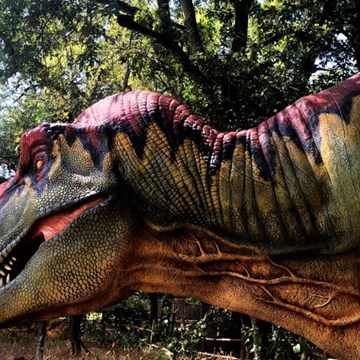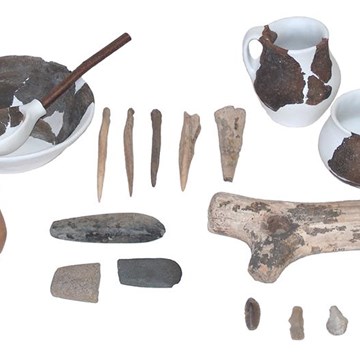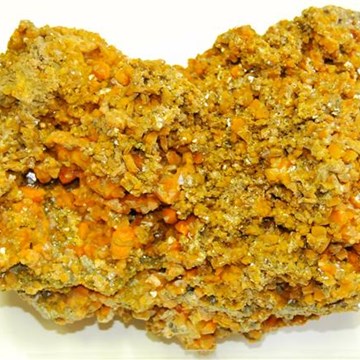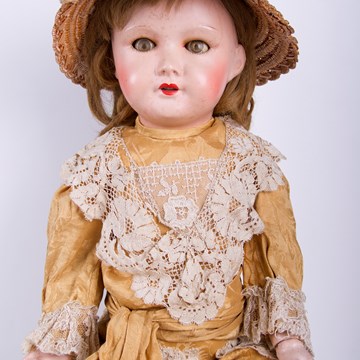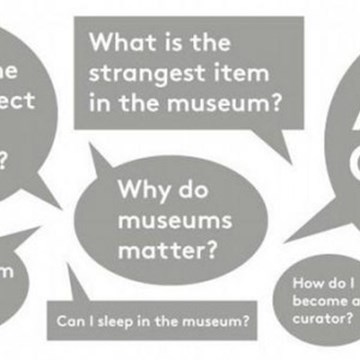Museo Naturalistico Etnografico della Tuscia Rupestre Francesco Spallone
The Museum and the Ecomuseum of Tuscia Rupestre
A concrete opportunity for the sustainable development of the territory and local traditions
The museum is an interpretation center of territory of Ecomuseum of Tuscia Rupestre, an institution which covers a territory which has a marked homogeneity concerning geomorphological characteristics, natural landscape, culture and traditions.
The ecomuseum includes both sites of naturalistic, archeological and historical interest together with trades and local products which have been passed down from generation to generation. Together with the local populations the museum aims to valorize these important features.
The ecomuseum has a centralised operative management which acts according to a management committee representing local communities. A scientific committee advises in the running of the ecomuseum.
Why an ecomuseum?
To promote a territory with a spirit of collaboration and efficiency
To create a community spirit and overcome trivial local priorities, above all with a view to future administrative fusion of the “Comuni”
To rouse a sense of pride in local traditions
To offer an efficient and organized image of the territory
To join forces in a time of crisis
To give the local populations support from the Administrations
To make better use of the resources already available
To create job possibilities locally, directly and indirectly
To make aware that our territory is extremely important for tourism which can be easily incremented.
Which territory for the ecomuseum?
The territory was chosen mainly on the basis of the morphological characteristics of the area caused by the effects of the volcanic activity in the cimino –vicano area, which took place in various phases over hundreds of thousands of years.
What are the characteristics of an ecomuseum?
The geological substratum and the conformation of the volcanic ground have greatly influenced local populations from prehistoric times.
These characteristics have significantlycontributed to moulding cultural aspects, traditions and above all to influencing populations in their approach to agriculture, breeding, use of forest resources, handicrafts and building.
Territorial aspects
Throughout the located territory, apart from the typical characteristic rocky landscape, a common approach to the land and its resources can be observed on man’s behalf.
Villages perched on top of rocks, stalls and cellars dug out of tufus or peperino rock, Etruscan necropolis and monuments, mediaeval villages, deep valleys, luxuriant vegetation, cultivated fields.
Today, as in the past we can see miles and miles of nut, olive and chestnut groves, vineyards and woods. Areas of breeding in the wild state can be seen alongside rich woodlands. A wonderful agricultural landscape where farms and agricultural concerns produce their quality goods often using traditional methods.
Territory and development
The above-mentioned territorial, cultural, productive and traditional characteristics make this area extremely interesting from a touristic point of view.
The ecomuseum aims to increase tourism by publicising initiatives on line, organising guided walks, visits, cultural and sports events. These activities do actually exist but practical organisation and coordination are lacking.
It is time to collaborate to offer services in an efficient way.
The ecomuseum can be a valid and innovative way of promoting and developing this area.
Courses of action, resources, time schedules
The project was activated in January 2011, born from research studies in 2011. It is at present involving six local administration (Communities of Barbarano Romano, Blera, Capranica, Lubriano, Vejano, Villa San Giovanni in Tuscia) and seeking interest from the private sector.
Itineraries
One of the main itineraries connects the territory of the “Comuni” Veiano, Barbarano Romano, Villa San Giovanni and Blera. It is possible to cover these routes on foot, on horseback or by mountain bike. The theme will be the rocky landscape.
This itinerary will be an important occasion to learn how from prehistoric times man has used volcanic rock to build houses, stalls and necropolis.
The protagonist of another itinerary is King Gustavo Adolfo V1 of Sweden, the archaeologist King and the research missions from the Swedish institute of classical studies in Rome carried out in the 1950’s.These studies brought to light fundamental information about the prehistory and prohistory of this area, above all as far as aspects of Etruscan daily life are concerned. The King and his entourage were warmly welcomed by the local population and his presence has left an indelible mark.
Typical traditions and products
There are numerous local traditions. Some of which are the veneration of the patron saint, various local products, religious festivities, local bands, wine cellars, local poets, cultural patrimony and traditional activities representing each individual village but at the same time bonding the individual villages through their Etruscan origins.
Exhibitions and events
We don't have anything to show you here.
Educational programs
We don't have anything to show you here.
Collections
We don't have anything to show you here.

